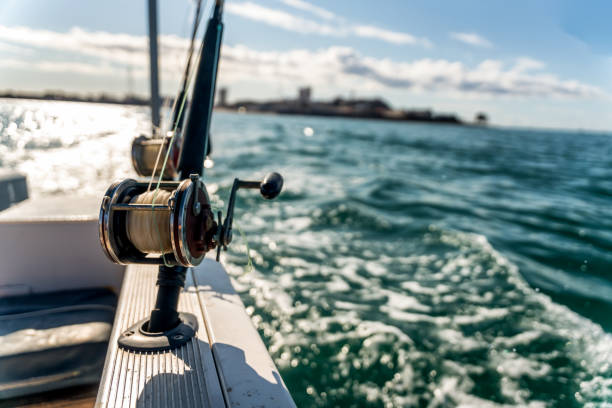
What You Need to Know About Bottom Fishing in Oregon
What You Need to Know About Bottom Fishing in Oregon
Nestled along the rugged coastline of the Pacific Northwest, Oregon offers anglers a bounty of opportunities for bottom fishing. Whether you’re a seasoned angler or a novice adventurer, exploring the depths of Oregon’s coastal waters promises excitement and the chance to reel in a variety of prized bottom-dwelling species. In this comprehensive guide, we’ll delve into everything you need to know about bottom fishing in Oregon, from target species and techniques to regulations and best practices for a successful angling experience.

Understanding Bottom Fishing in Oregon
Bottom fishing is a technique commonly used to target fish species that inhabit the ocean floor, such as rockfish, lingcod, halibut, and various types of flatfish. Anglers typically use weighted rigs or specialized tackle to present bait or lures near the bottom, enticing bottom-dwelling fish to strike. Bottom fishing can be practiced from shore, docks, piers, or boats, making it accessible to anglers of all experience levels and fishing preferences.
Target Species and Seasonality
Oregon’s coastal waters are teeming with a diverse array of bottom-dwelling fish species, each offering its own unique challenge and culinary delight. Common target species for bottom fishing in Oregon include various types of rockfish, such as black rockfish, vermilion rockfish, and lingcod, as well as halibut, flounder, sole, and skate. While bottom fishing can be productive year-round, certain species may have specific seasons or regulations governing their harvest, so be sure to check local fishing regulations and guidelines before planning your fishing trip.

Gear and Tackle Selection
Selecting the right gear and tackle is essential for success in bottom fishing. Depending on your target species and fishing location, you may need a variety of equipment, including medium to heavy-action fishing rods, sturdy reels spooled with braided or monofilament line, and a selection of sinkers, hooks, and bait rigs. Consider using bottom rigs, dropper loops, or Carolina rigs equipped with bait such as squid strips, shrimp, or small fish to entice bottom-dwelling fish to bite. Experiment with different rigging setups and bait presentations to find what works best for the species you’re targeting and the conditions you’re fishing in.
Choosing the Right Location
Selecting the right fishing location is crucial for successful bottom fishing in Oregon. Look for areas with rocky outcrops, underwater ledges, or reef structures, as these features often attract a variety of bottom-dwelling fish species. Consult local fishing reports, tide charts, and bathymetric maps to identify productive fishing spots and plan your outing accordingly. Additionally, consider factors such as water depth, current flow, and bottom composition, which can influence fish behavior and feeding patterns.

Best Practices and Conservation Ethics
As responsible anglers, it’s important to practice ethical and sustainable fishing practices when bottom fishing in Oregon. Familiarize yourself with local fishing regulations and size limits for the species you’re targeting, and adhere to them diligently to help maintain healthy fish populations and protect sensitive marine habitats. Handle fish with care, using appropriate dehooking tools and releasing undersized or non-target species unharmed whenever possible. Consider participating in catch-and-release programs or contributing to citizen science initiatives to support fisheries management and conservation efforts in Oregon’s coastal waters.
Safety Precautions and Emergency Preparedness
Before embarking on a bottom fishing excursion in Oregon, prioritize safety by familiarizing yourself with potential hazards and taking necessary precautions. Check weather forecasts and sea conditions, and ensure your vessel or fishing spot is equipped with essential safety gear such as life jackets, emergency communication devices, and first aid kits. Familiarize yourself with local emergency protocols and know how to respond in the event of an accident or medical emergency while on the water.

Tidal Influence and Fishing Strategies
Understanding tidal influence is crucial for bottom fishing success in Oregon’s coastal waters. Tides can affect current flow, water depth, and fish behavior, influencing the best times and locations for fishing. Consult tide charts and plan your fishing trips to coincide with tidal changes, which can stimulate feeding activity and concentrate fish in certain areas. Experiment with fishing strategies such as drift fishing, anchoring, or targeting tidal rips and eddies to maximize your chances of hooking into quality fish during different phases of the tide cycle.
Alternative Techniques and Lure Presentations
While bait fishing is a popular choice for bottom fishing, don’t overlook the effectiveness of artificial lures and alternative techniques for enticing bottom-dwelling fish in Oregon. Experiment with jigs, soft plastic baits, and metal jigs designed to mimic the movement and appearance of natural prey species. Vary your retrieve speed, depth, and lure color to find what triggers strikes from finicky fish. Additionally, consider using scent attractants or adding bait strips to your lures to enhance their appeal and increase your chances of attracting bites.

Environmental Awareness and Stewardship
As anglers, it’s important to cultivate a sense of environmental awareness and stewardship when fishing in Oregon’s coastal waters. Take care to minimize your impact on the marine environment by properly disposing of trash and fishing line, avoiding sensitive habitats such as kelp forests and rocky reefs, and respecting wildlife and marine protected areas. Participate in beach cleanups, habitat restoration projects, and educational initiatives to give back to the ecosystems that sustain Oregon’s diverse marine life and ensure the health and vitality of our coastal waters for future generations.
Wrapping It Up
Bottom fishing in Oregon offers anglers an exciting opportunity to explore the depths of the Pacific Ocean and reel in a variety of prized bottom-dwelling fish species. By understanding the techniques, target species, gear and tackle selection, choosing the right fishing locations, and practicing ethical fishing practices, you can enhance your bottom fishing experience and enjoy the thrill of angling in one of the Pacific Northwest’s premier fishing destinations. So grab your gear, head out to the coast, and embark on an unforgettable bottom fishing adventure in the scenic waters of Oregon.
Contact us today to learn more about our fishing charter services!
Schedule your Oregon Fishing Charter Today!
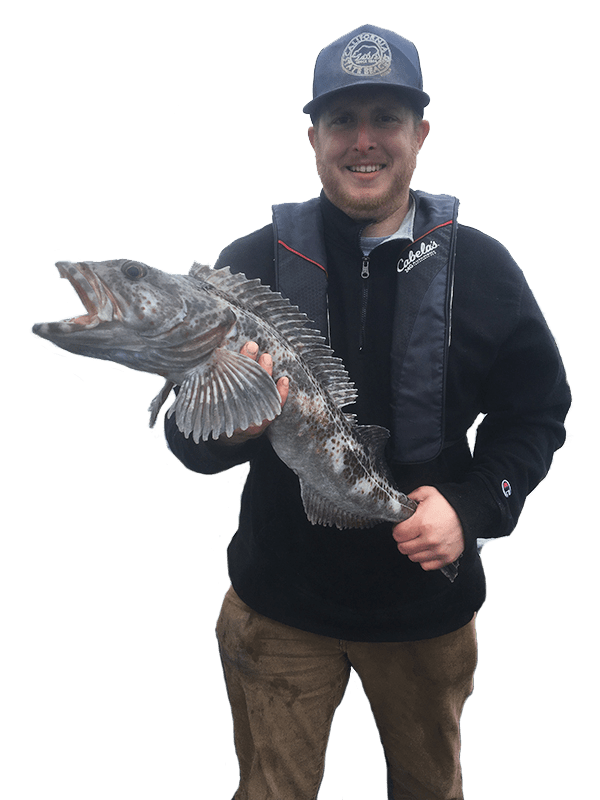





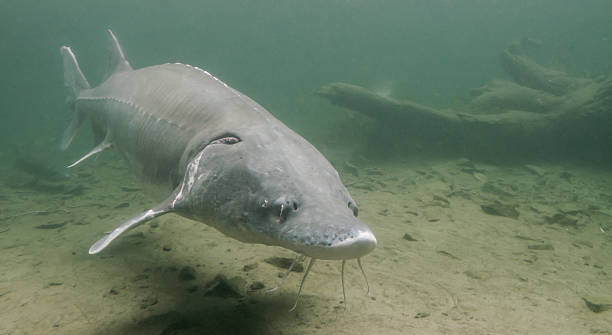

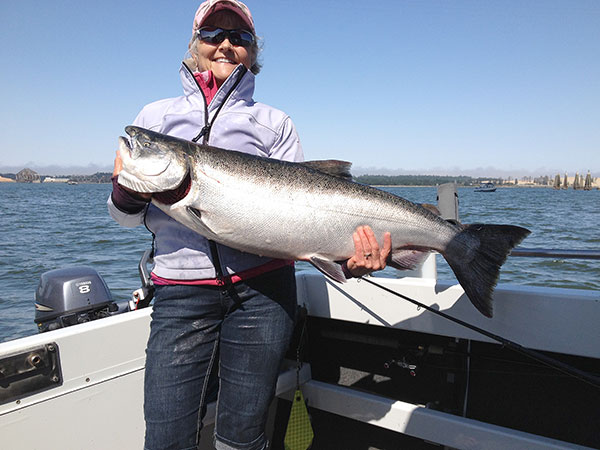






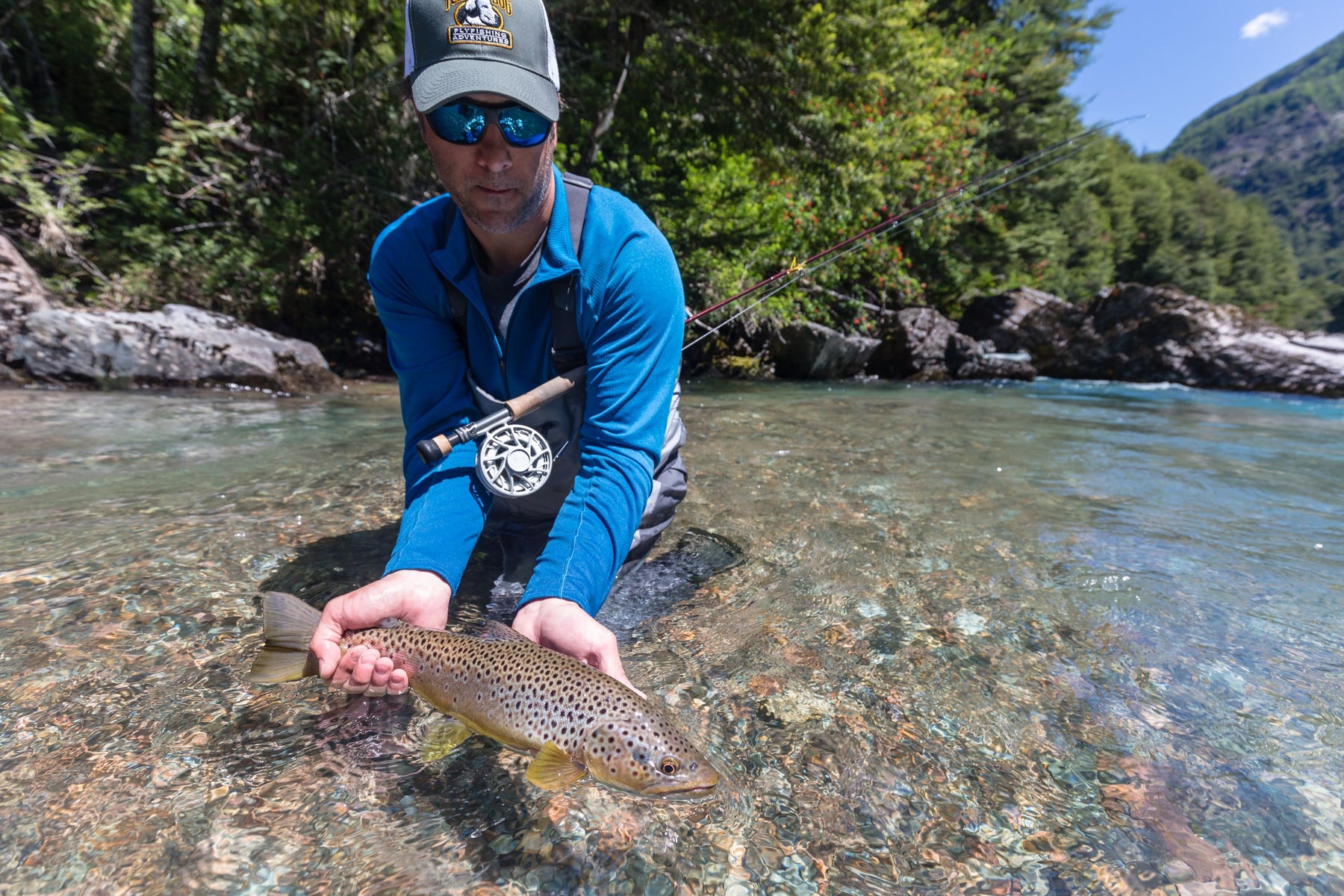


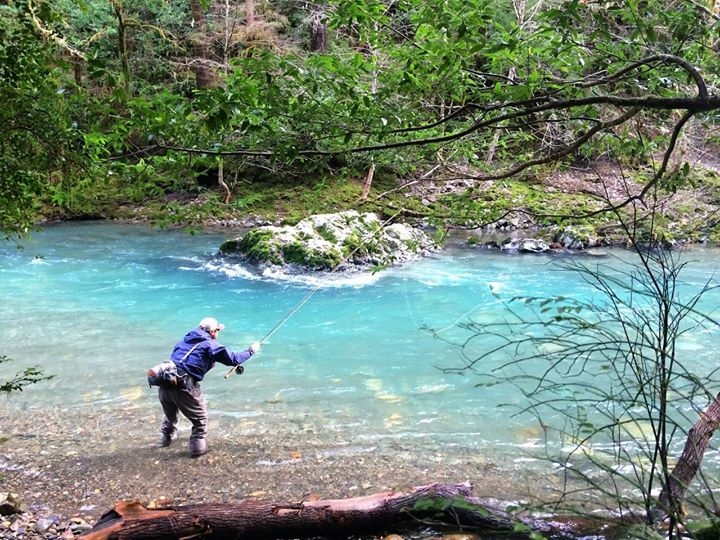
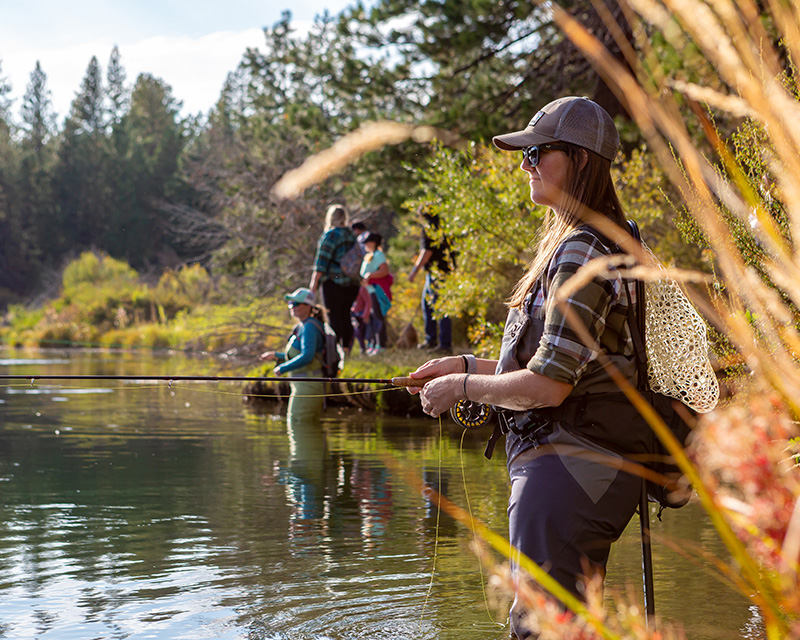
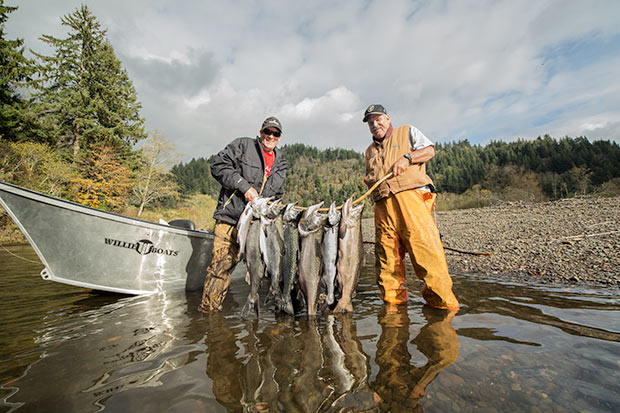


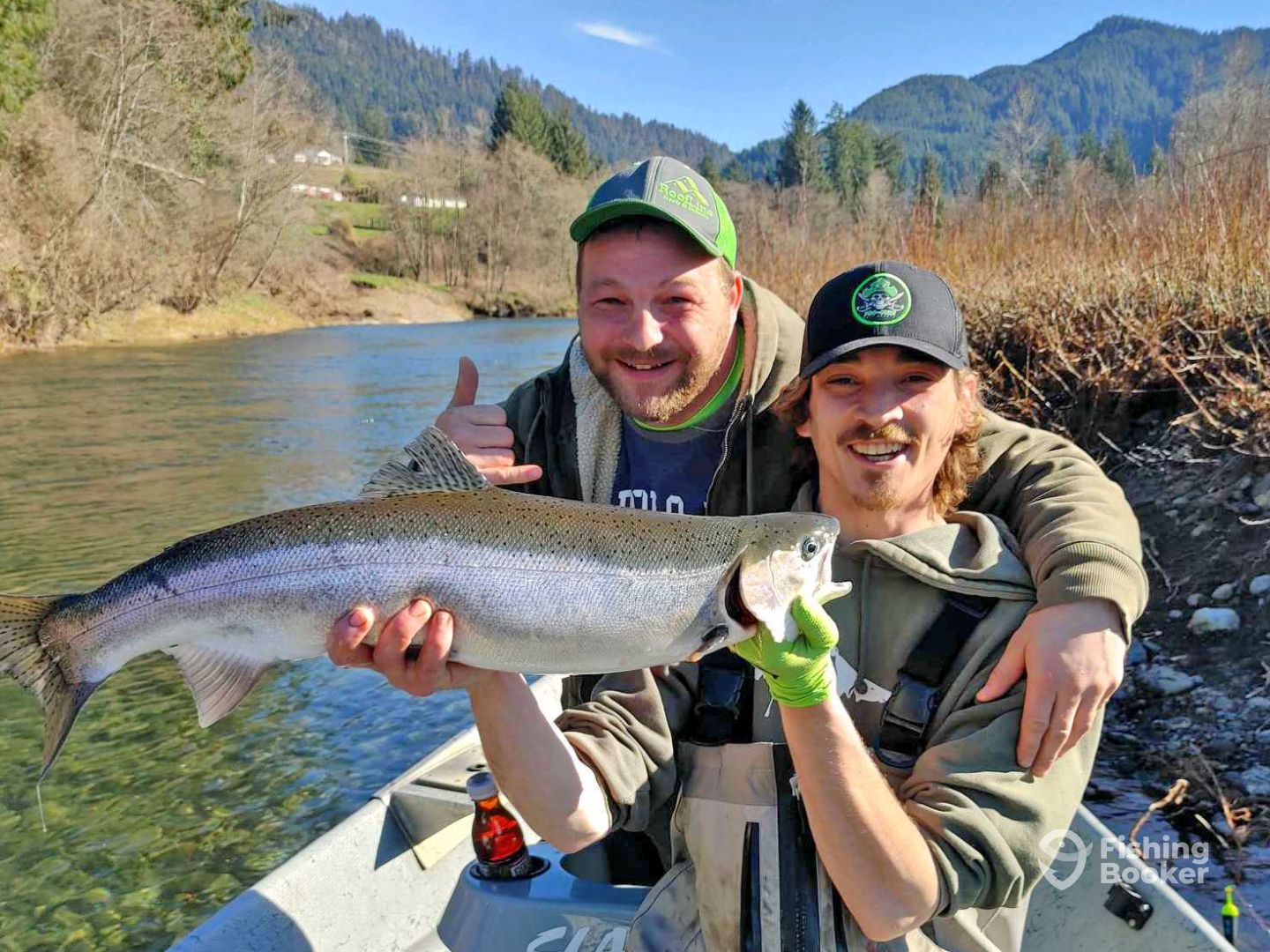

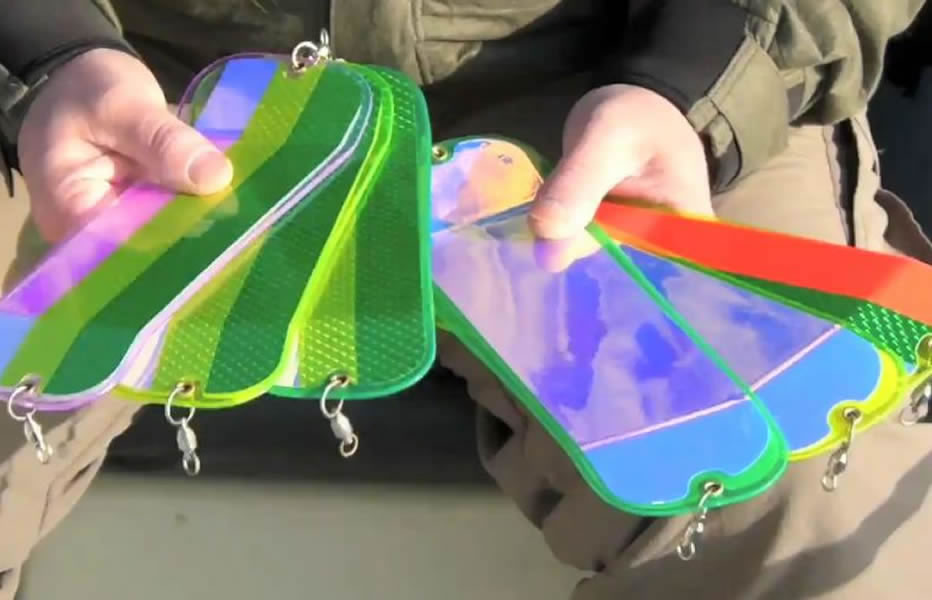
Recent Comments